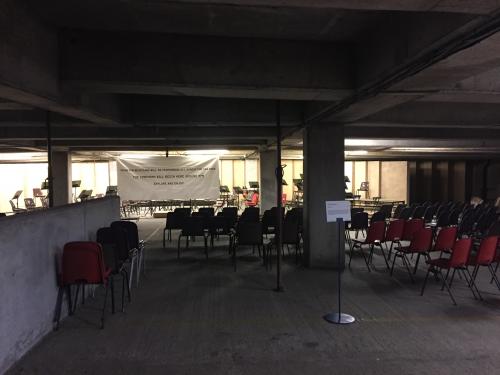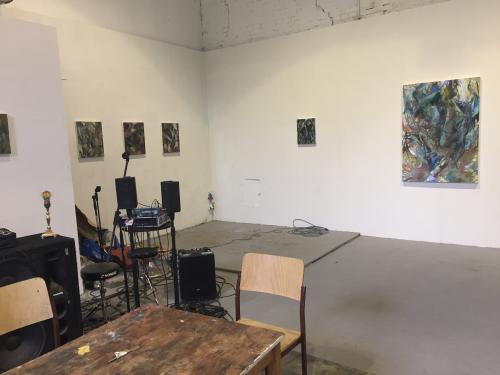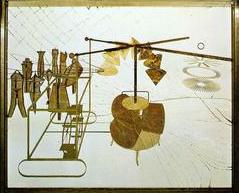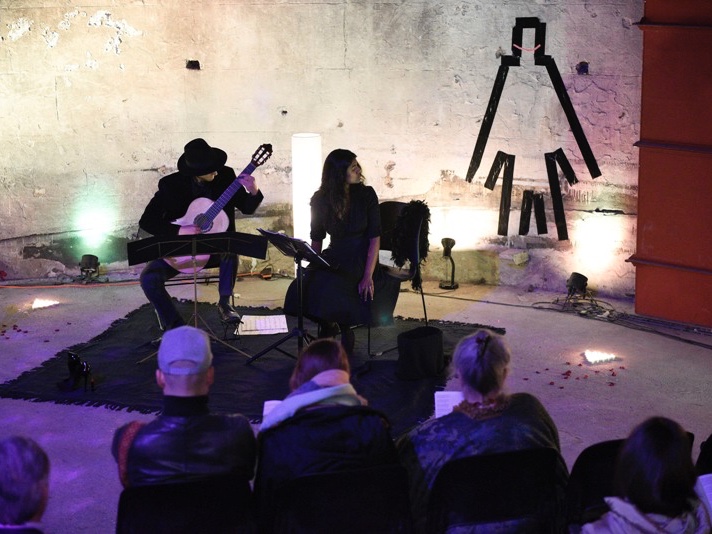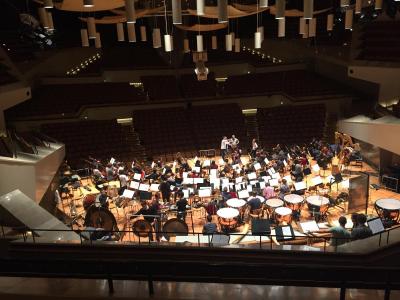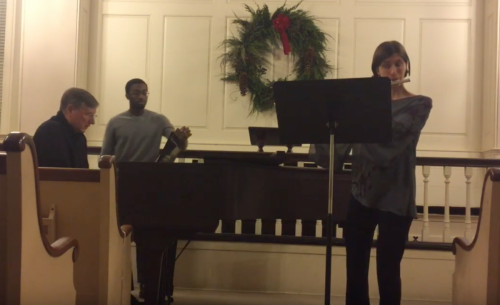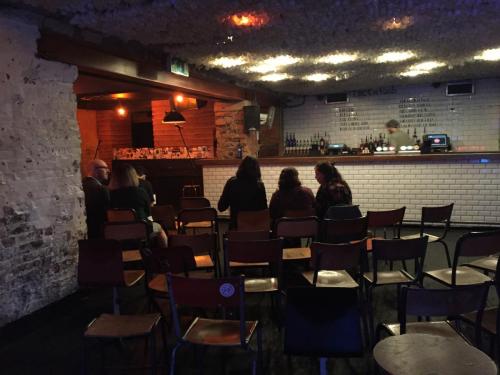it's after the end: Attention to Detail

Situated within the installation it’s after the end, my site-specific multimedia piece Attention to Detail had its premiere in London yesterday. The broader show features a collection also including works by Fabricio Mattos, Elias Brown and Janell Yeo that reflects on themes “of perspective, obsession, the passage of time, and the nature of practise itself.” Attention focuses on the role of metronome as taskmaster, demanding exacting precision from its laborers, while its larger-than-life reflection in a pair of mirrors, along with the viewer’s own reflection, creates a space like an uncanny practice room and questions the interplay of perfectionism and narcissism. It seems to ask: who really calls the shots here, man or machine?
